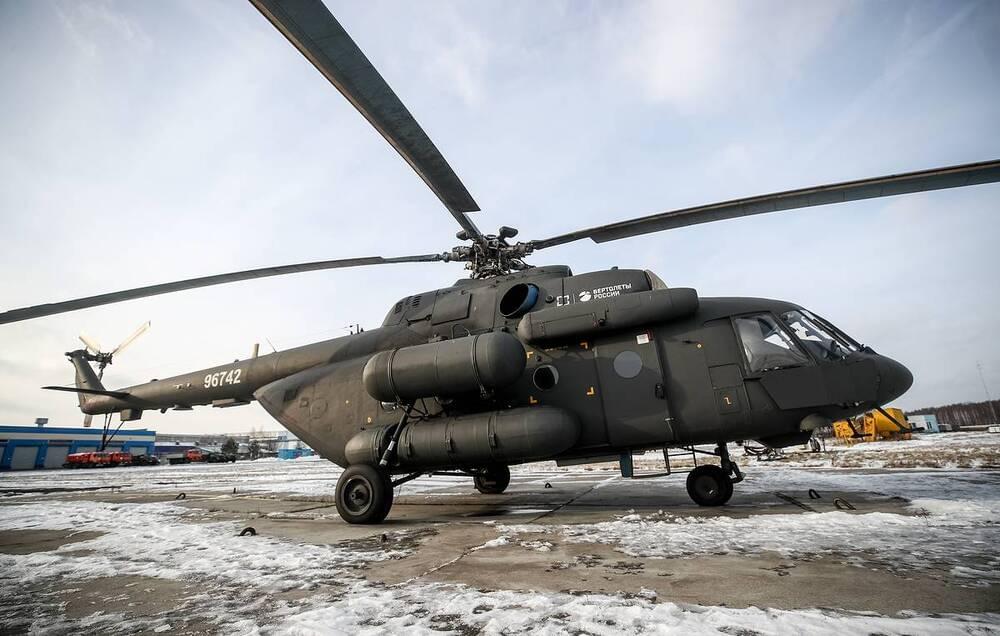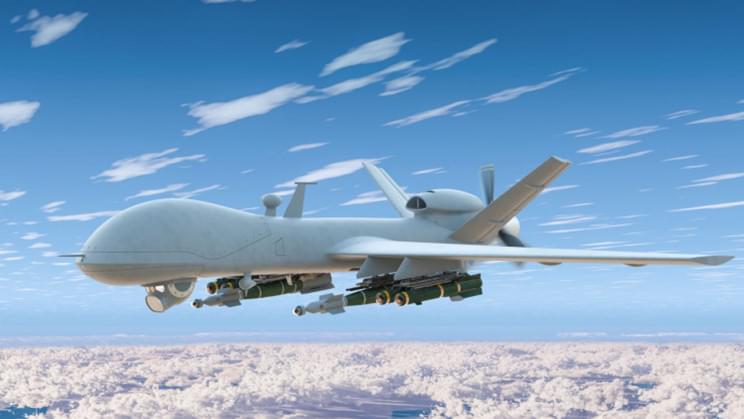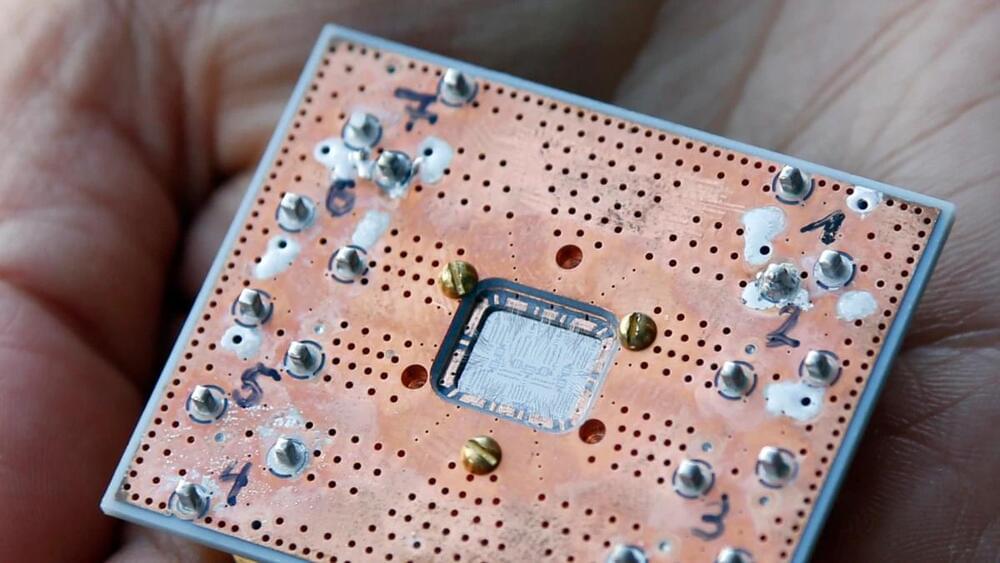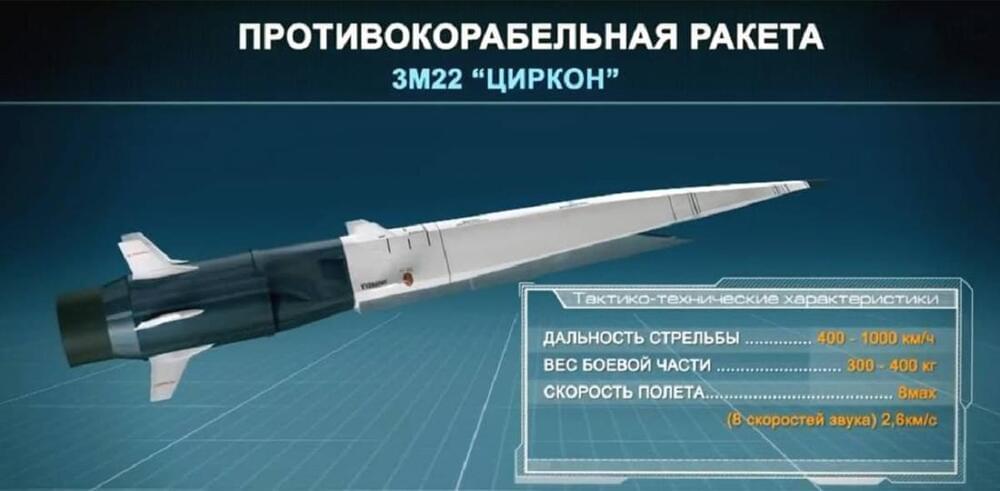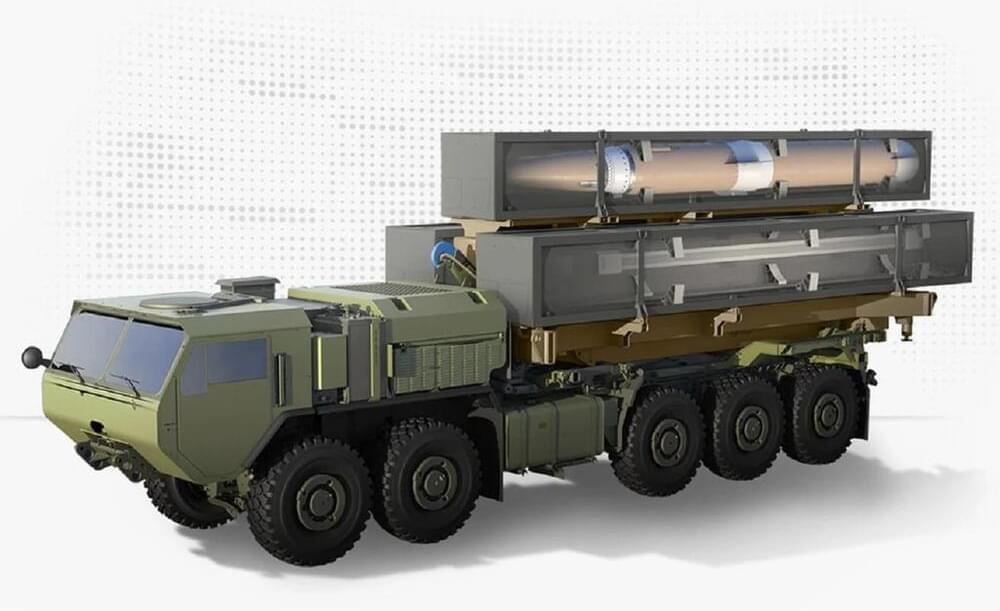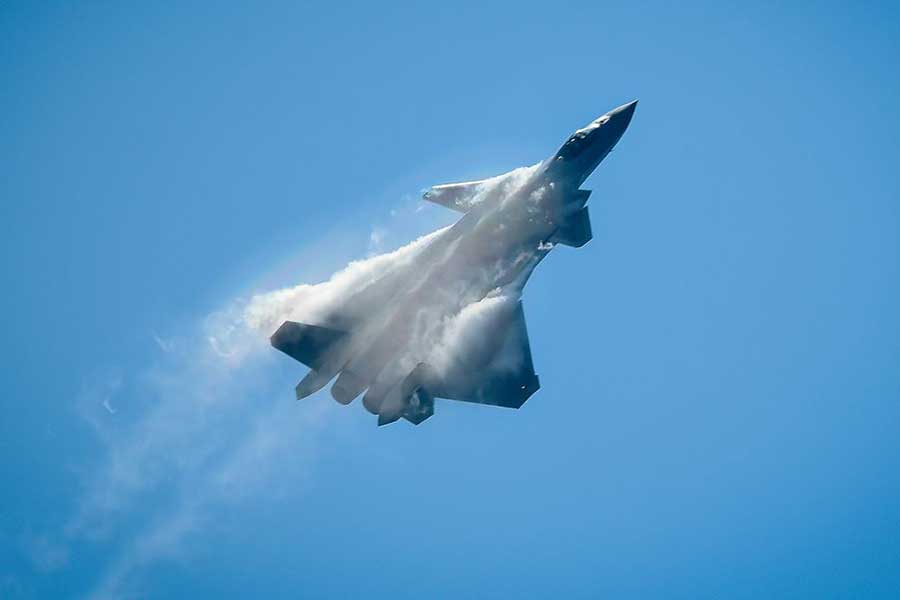On October 15, 2020, the European Union imposed sanctions on six senior Russian officials and a leading Russian research institute over the alleged use of a nerve agent from the Novichok family in the poisoning of opposition leader Alexey Navalny. Russia dismissed as baseless the EU’s allegations that it had not complied with its obligations, under the convention it ratified in 1997, to discontinue its chemical weapons program. Russian officials said the country had nothing to do with Navalny’s poisoning and implied that if any party had used nerve agents on him, it would have been Western secret services. Vladimir Putin, who in 2017 had personally watched over the destruction of the last remaining Russian chemical weapons stash, ridiculed the findings of four separate laboratories, confirmed by the OPCW, that a Novichok-type organophosphate poison was identified in Alexey Navalny’s blood.
Two years earlier, in 2018, Russia had dismissed as unfounded allegations that its military intelligence had used Novichok to poison former Russian spy Sergei Skripal and his daughter. Similarly, Russia had then stated that it had no ongoing chemical weapons program and had destroyed all of its prior arsenals; while alluding that UK agencies may have used their own stash of Novichok to poison the Skripals in a false-flag operation.
A year-long investigation by Bellingcat and its investigative partners The Insider and Der Spiegel, with contributing investigations from RFE/RL, has discovered evidence that Russia continued its Novichok development program long beyond the officially announced closure date. Data shows that military scientists, who were involved with the original chemical weapons program while it was still run by the Ministry of Defense, were dispersed into several research entities which continued collaborating among one another in a clandestine, distributed R&D program. While some of these institutes were integrated with the Ministry of Defense – but camouflaged their work as research into antidotes to organophosphate poisoning – other researchers moved to civilian research institutes but may have continued working, under cover of civilian research, on the continued program.
